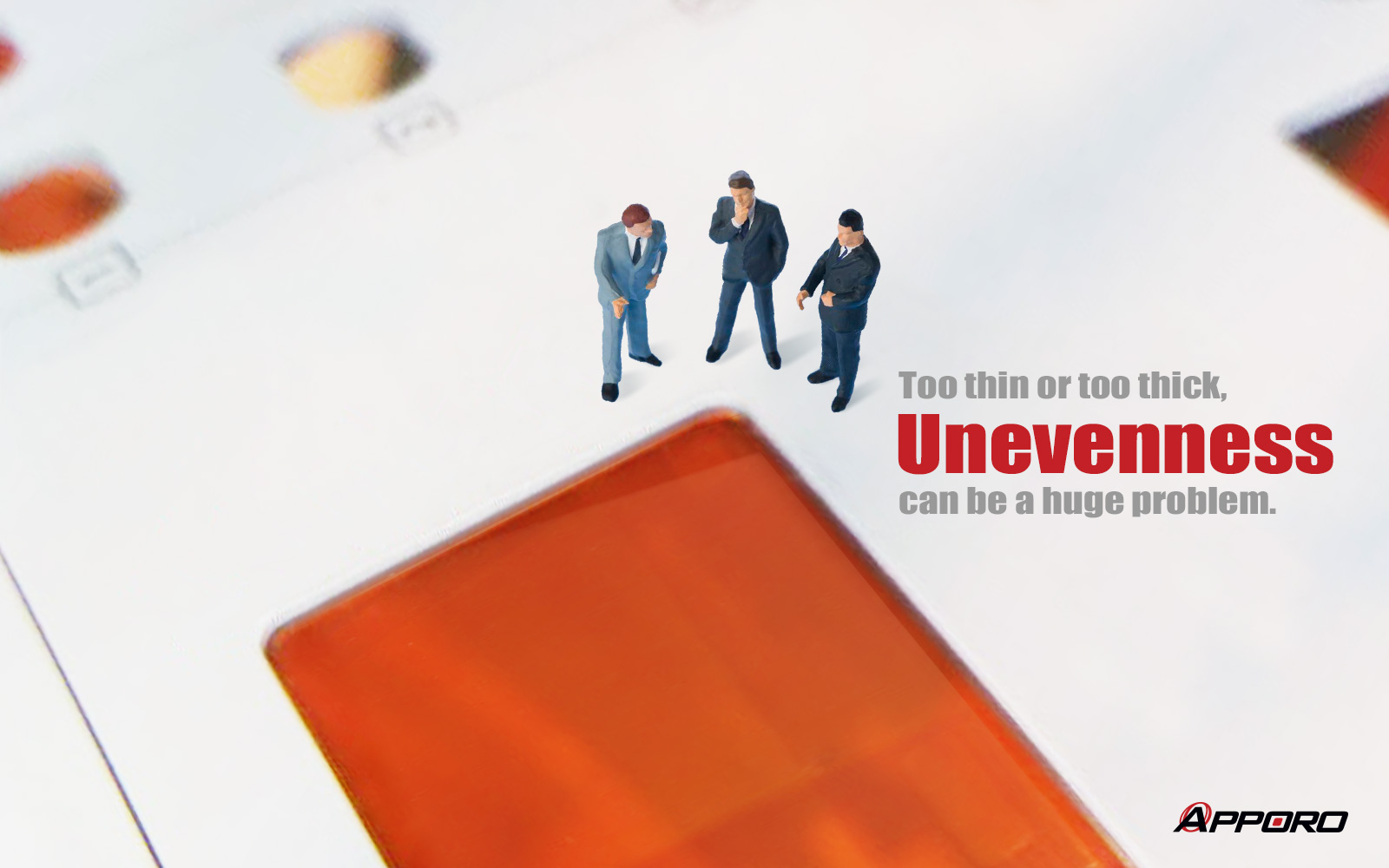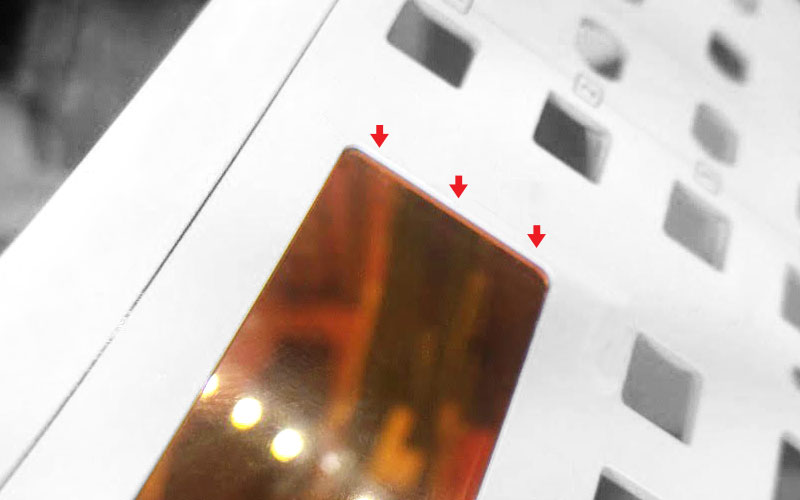Design Matters (Part 4) - Uneven sheet materials2018-12-03

Generally speaking, when it comes to deciding the thickness of sheet materials, the unevenness is often a concern. It then becomes necessary for the sheet materials to have additional thickness, so that we can machine the materials to the required dimensions and at the same time ensure the accuracy of the reference surface and the relative dimensions. Whether the sheet materials are rolled metals or extruded plastics, they all need molds for manufacturing purpose. However, mold precision goes down with time, which could lead to the poor quality of the sheet material surface, as well as the uneven material thickness.
Case Study on Uneven Sheet Materials
Recently, Apporo machined a batch of panels by milling, of which mostly are Eurorack & Modular Synthesizers, and delivered them to our Japanese customer. After assembling the panels, they found out the assembly acrylic plates were not completely coplanar with the panels, and turned to Apporo for solutions. We digged into the situation and then figured out it was due to the uneven thickness of the acrylic plates, which resulted in the height gap between the metal panels and the acrylic plates.

The assembly acrylic plates were not completely coplanar with the panels due to uneven thickness.
How We Solve Unevenness?
The panels are 1.6mm thickness steel plates with drilled holes, milled grooves, and after powder coating. While the acrylic plates are 3.0mm thickness amber transparent acrylic, of which the outer areas were to milled into 1.4mm in height. Usually, the rest areas with extra 1.6mm lump of the acrylic plates could perfectly match the steel panels. However, only few suppliers provide amber transparent acrylic, and therefore the quality and precision of the molds are not satisfying. Consequently, those so-called materials with 3.0mm thickness are actually with thickness around 2.6-3.2mm, which are of considerably unstable quality. What’s more, even we can find the inconsistent thickness across one plate. After the discussion, our customer agreed to accept the panels with the 1.5-1.8mm gap between the unmilled and the milled surfaces. So, APPORO offered the solutions below for this problem:
1.) Cut the materials into plates from the 3.0mm thickness acrylic sheet materials. Then, checked the thickness of every sheet material, and eliminated the materials with thickness less than 2.70mm and over 3.0mm.
2.) Milled the parts into 1.2mm in height, with at least 1.5mm to 1.8mm lump on the top. So, after the assembly the acrylic sheet might be 0.1mm lower than the panel surface, which could still meet the assembly requirement of the customer.
Finally, the technical team of Apporo conquered the difficulties in production, assembly, and etc., helping our customer deal with the tricky situation. Again, Apporo won the trust of our customer and also the opportunities of further cooperation. If you are undergoing similar problems during design or assembly process, send us an email for the technical discussion with Apporo. We will assist you of advancing in the product design.
Learn more about the importance of design in CNC manufacturing:
Design Matters (Part 1) - Shrinkage
Design Matters (Part 2) - Coating
